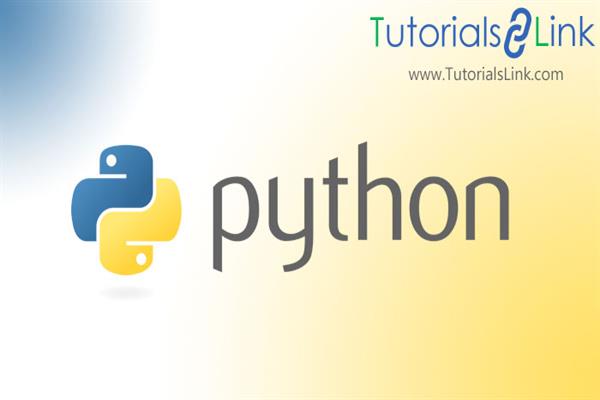What exactly can you use Python for?
What exactly can you use Python for?
There are many applications of python, So that’s a tricky question to answer. But, if talk about popular applications of python then the answer will be “There are three main popular applications of python”. So let's discuss what are those three?
WEB DEVELOPMENT:
Web Frameworks like Django and Flask are based on Python. Both these
Frameworks are the most popular frameworks for web development. Web Frameworks helps to create backend code(Server-Side-Code). This makes it easier to build backend logic i.e mapping various URLs to chunks of Python code, dealing with almost all databases, and generate HTML files.
Which frameworks should I use?
Django and Flask both are very best but, if talk about which from both and why then its again a tricky question. So you need to know that,
Flask provides simplicity, flexibility, and fine-grained control and it let you decide how you want to implement things. So, if you are focused on experience and learning opportunities, or if you want more control about which components to use then I would suggest going with Flask will be the best choice. Or for beginners too, it’s a better choice because it has fewer components to deal with.
On the other hand, Django lets you go faster if you are looking for building something straight-forward. You can go with Django if you are focused on the final product.
So, I hope you got this, now let’s talk on another topic.
DATA SCIENCE(including machine learning, data analysis, data visualization)
Machine Learning
First of all, let’s review about machine learning.
Let’s say you want to develop a program or an application that automatically detects what is in the picture. It might be an easy task to detect a single picture,
But what if millions of similar pictures are there. There is where Machine learning comes in.
Machine Learning typically implements an algorithm that can automatically detect a pattern in the given input. If we provide thousands of pictures of apples
and red balls then the machine will learn the difference between a fruit “apple”
or a thing “red ball”. It will be able to recognize now which one it is. This is somewhat similar to how a baby learns.
ML application is not limited to detection and recognition, there are many
mind-blowing applications like traffic prediction, product recommendations,
self-driving- cars, email spam, and malware filtering, medical diagnosis, automatic language translation, and many more.
You might have heard about algorithms for machine learning like K-means, Random Forest, Support Vector Machine, Deep Learning, Neural networks, etc. Programming languages that are used for machine learning are:
- Python
- Java
- R
- Scala
But python is the most popular programming language used for machine learning as python comprises of several packages that can be accessed
easily to work upon. There are many popular machine learning libraries and frameworks for python .“Scikit” and “Tensorflow” are popular ones.
To practice, one can go with Kaggle, a popular website where people compete
to build the best machine learning algorithm for a given problem.
Data Analysis: It is a process of collecting and organizing data to draw useful information and conclusions from it. It involves the process like cleaning, transforming, and modeling data to discover information for decision making.
There are two types of data analysis:
- Qualitative Analysis:
This approach answers questions such as ‘why’, ‘what’, or ‘how’.
- Quantitative Analysis:
This analysis is measured in terms of numbers.
Note: it's not just access to data that helps you make smarter decisions, it is the way you analyze it. So, its important to understand the levels of analytics:
- Descriptive Analytics
- Diagnostic Analytics
- Predictive Analytics, and
- Prescriptive Analytics.
Many tools can be used to derive useful insight from the given data, some are programing based and others are non-programming based.
Some of the most popular tools are:
- SAS
- Python
- R
- Tableau
- Microsoft Excel
- KNIME
- RapidMiner
Now, let’s talk about our last topic.
SCRIPTING:
First of all, you must understand what is scripting?
So, scripting refers to writing small programs that are designed to automate simple tasks. Python is used as a scripting language for web applications.
This means that it can automate a series of tasks, making it more efficient.
It is often used for Software applications, pages within a web browser, the shell of operating systems, and for game development.
Thank you for reading this article, I hope you like it. IF you find the content useful then share this with your friends and for more articles like this stay tuned with us. In the upcoming article, you will get something new and interesting contents.
Till now,
Keep Learning🤗🤗





